5 Reasons to Visit Northumberland National Park, England
The northernmost national park in England, Northumberland National Park is situated between the border with Scotland in the north and Hadrian’s Wall in the south. Covering more than 1,000 square kilometers (400 square miles), this is both one of the least populated and least visited national parks in England.
Northumberland National Park is one of the quietest and most remote places in England—a fantastic place to get away from one’s day-to-day life and immerse oneself in beautiful natural scenery. The park’s unspoiled landscape is made up of the striking Cheviot Hills near the Scottish border, which roll down in an endless series of rolling hills alternated with meadows and bogs toward magnificent Hadrian’s Wall in the south.
From Roman ruins to spectacular landscapes, from horseback riding to long-distance hiking, the things to see and do in Northumberland National Park are plentiful.
5 Reasons to Visit Northumberland National Park
Ancient Human History
Human history in Northumberland National Park dates back more than 10,000 years. After the last Ice Age, hunters roamed the forest and fields in the region. About 3,000 years ago, the very first villages began to dot the landscape. Later on, almost two millennia later in fact, tens of hill forts were built, either from stone or wood. A little later again, the occupation by the Romans resulted in the construction of military fortresses and barracks. The remains of these places are now among the finest in England.
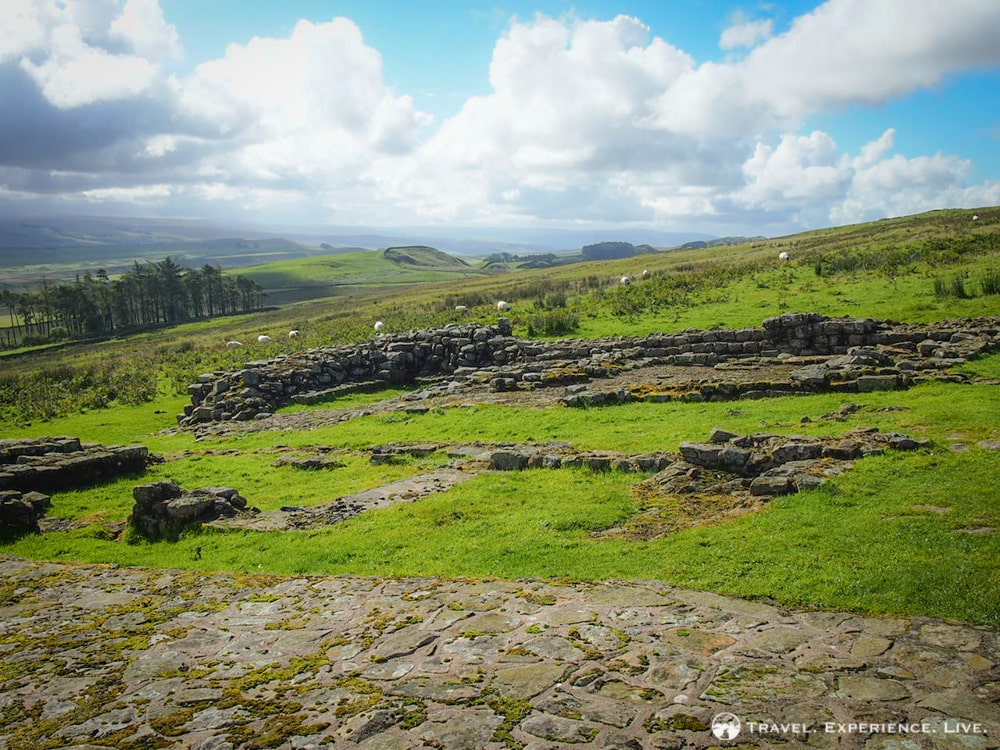
Meadows and Heathlands
About 70% of the park comprises meadows and moorlands. These expansive grassy areas attract local sheep and cattle herders—there are more than 200 farms within the park’s borders. However, it’s the areas where grazing is restricted that are most beautiful. Without sheep or cattle grazing away, those areas have developed into gorgeous heathlands, areas covered with stunning purple heather. Only a few other places in the world feature such a beautiful heather landscape.
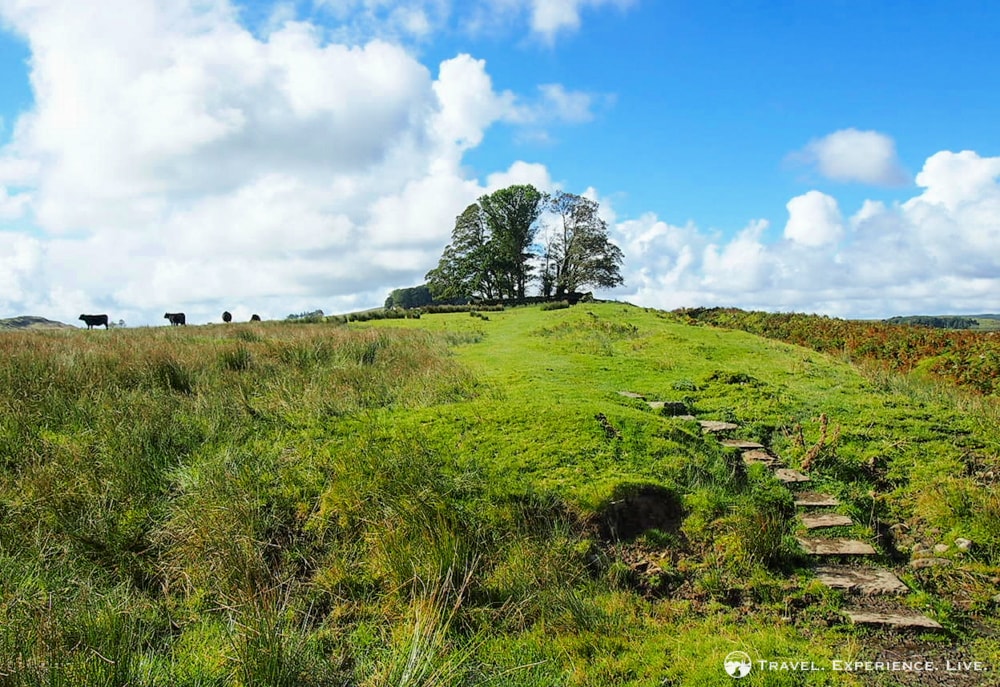
Peat Bogs
Northumberland National Park’s bogs, another valuable habitat in the park, originated after the last Ice Age, a period of about 10,000 years long that is characterized by cool and wet weather. These bogs are made up of a thin mossy layer covering a much thicker layer of peat, which is essentially decomposing, or decomposed, plants. This layer of peat can be up to 10 meters (33 feet) thick.
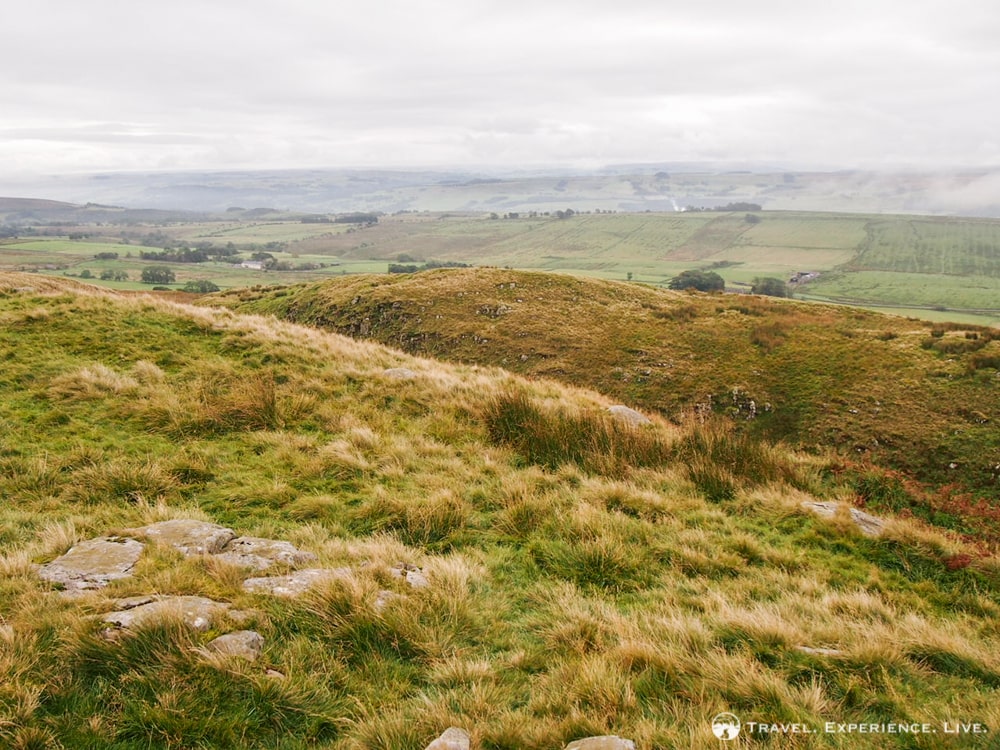
Breathtaking Landscapes
Combined with the rolling hills that run through the park, the above-described moorlands, heathlands and peat bogs create downright spectacular landscapes. Especially the Cheviot Hills in the north offer jaw-dropping views to the south of undulating hills, wide valleys and forests. It’s these varied landscapes that make Northumberland National Park worth visiting—things to do range from hiking and cycling to wildlife watching and visiting the fascinating historic sites that dot the park.
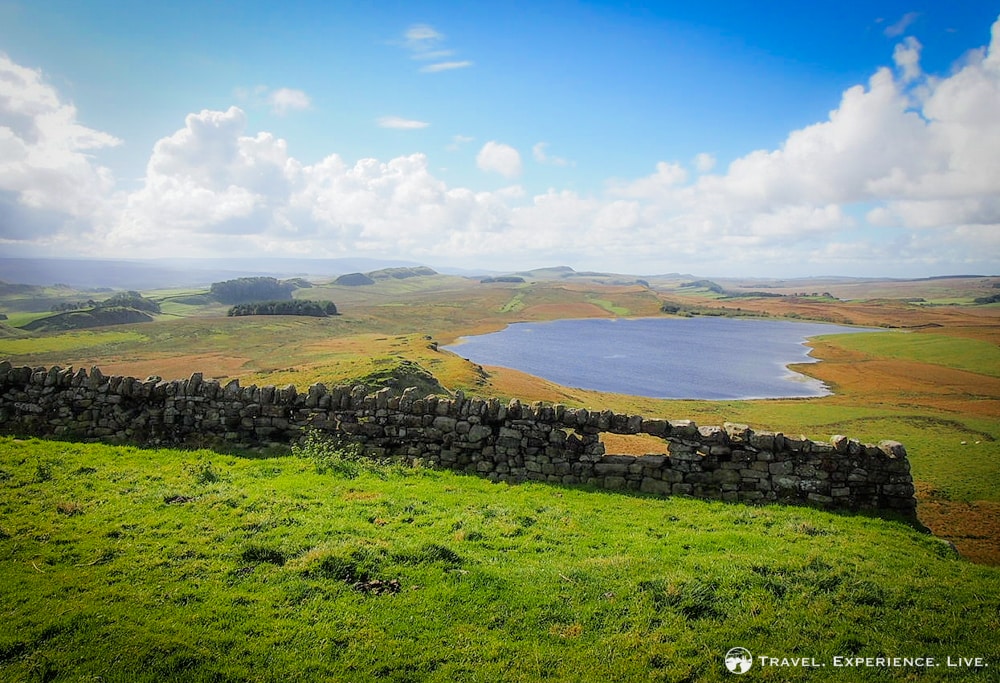
Hadrian’s Wall
The greatest of those historic sites in Northumberland National Park is undoubtedly Hadrian’s Wall. Constructed in 122 AD by order of Emperor Hadrian, this magnificent feat of engineering used to be the northernmost border of the Roman Empire. While that is nearly two millennia ago, many sections of Hadrian’s Wall still stand. The greatest way to explore this 117-kilometer-long UNESCO World Heritage Site is by hiking the fabulous Hadrian’s Wall Path, one of Britain’s greatest long-distance hiking trails. Hadrian’s Wall is the star attraction in Northumberland National Park, an ancient structure that cuts across the southern part of the park. Everyone should absolutely see Hadrian’s Wall when they visit Northumberland National Park.
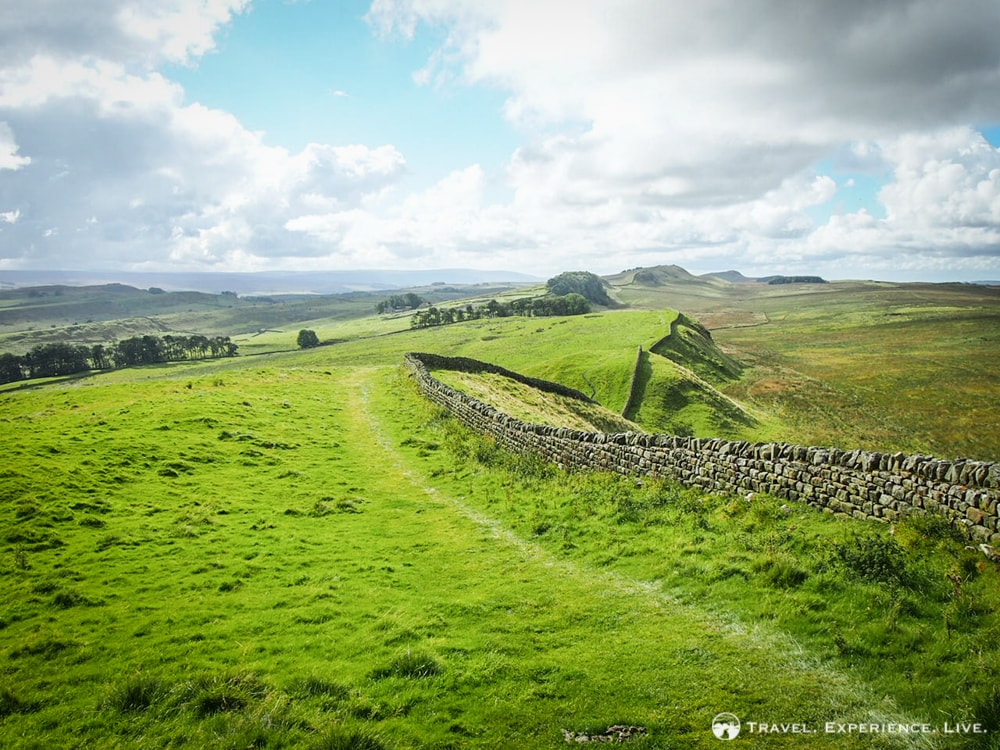
Before you visit Northumberland National Park, make sure to check out their website for tips, recommendations and events.
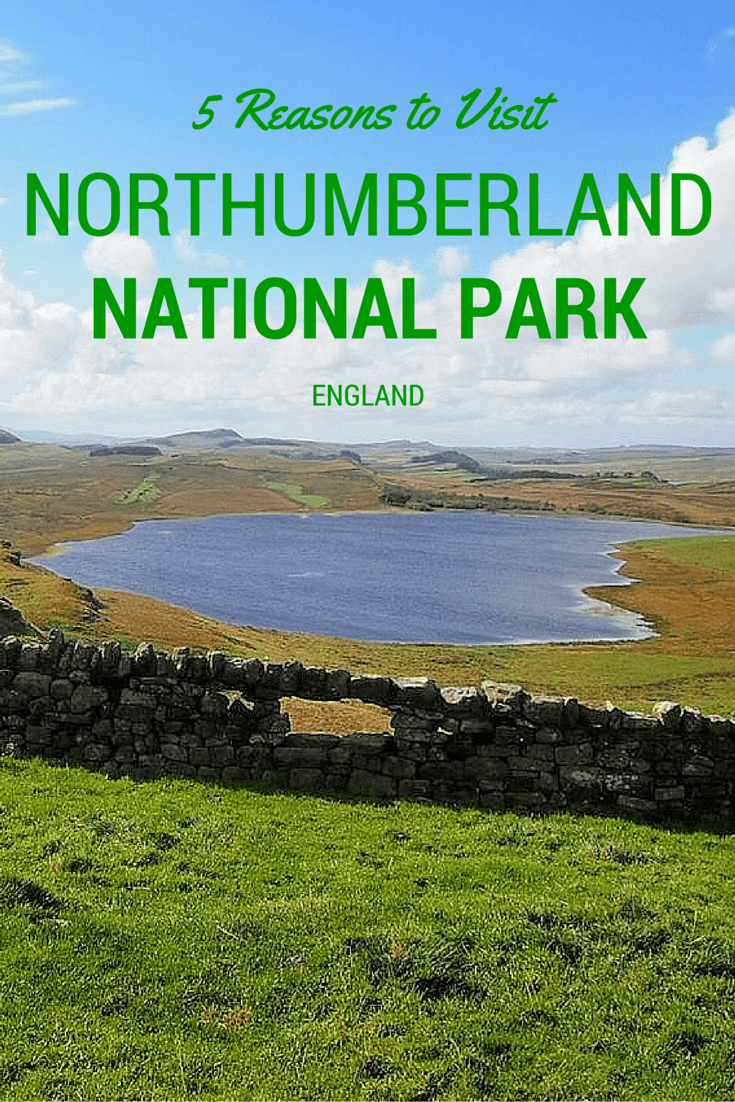
Did you ever visit Northumberland National Park? Or maybe even hike the Hadrian’s Wall Path? Tell us about it in the comments below!

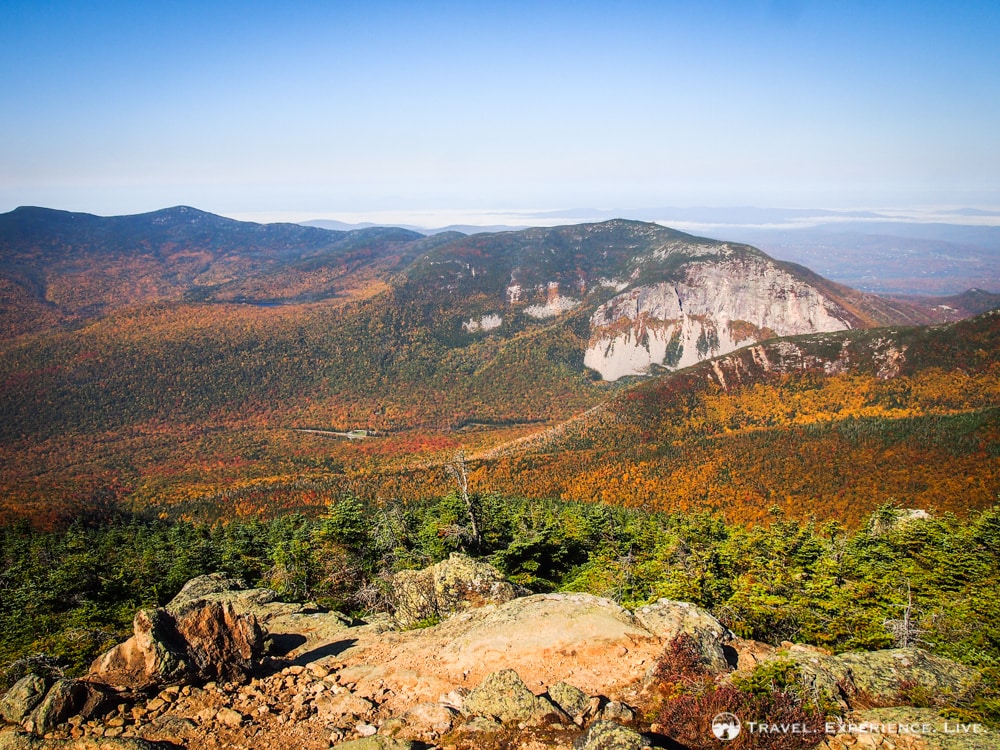

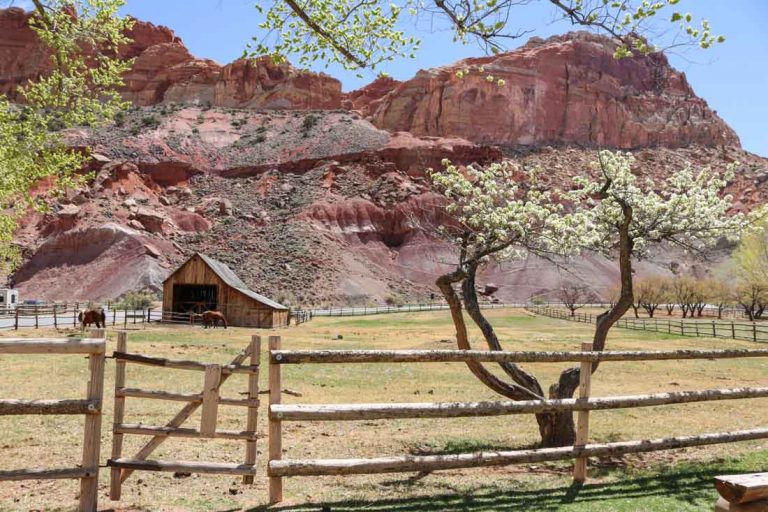



Such wild beauty, captured in your photos, inspiring us to visit one day soon.